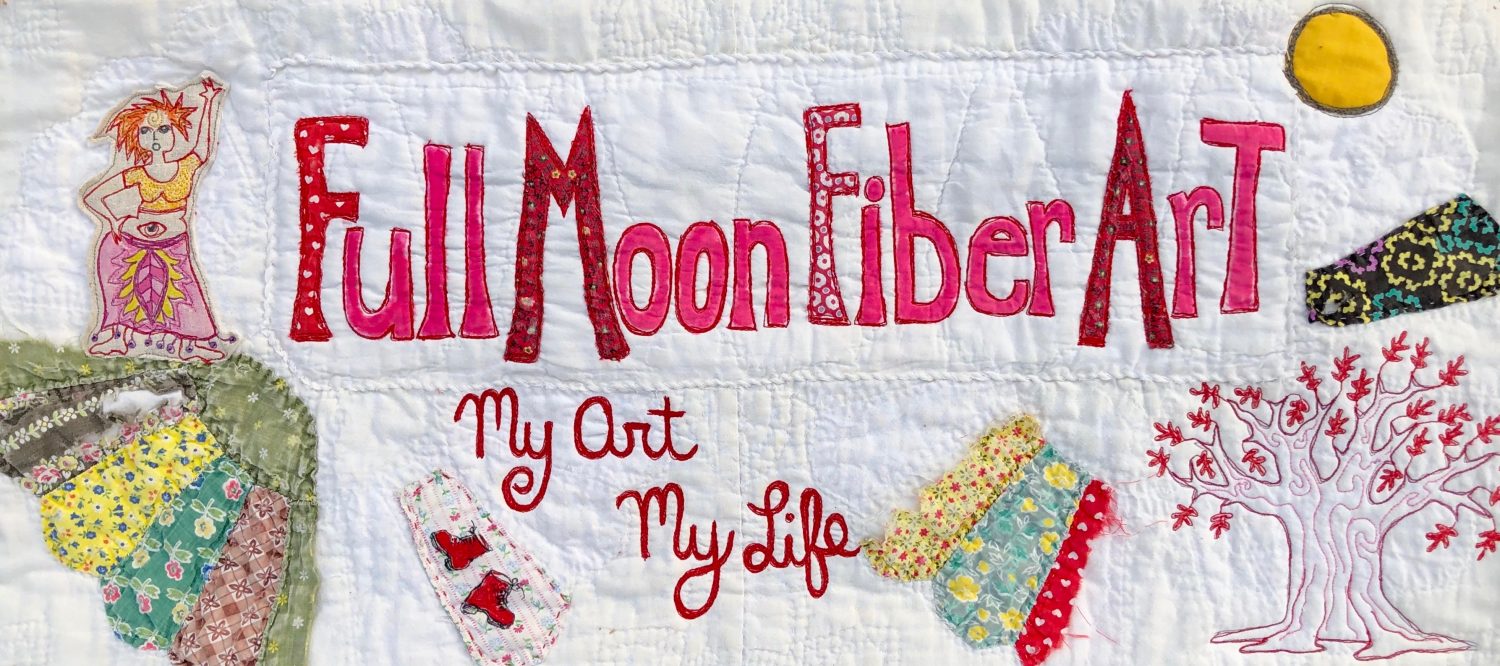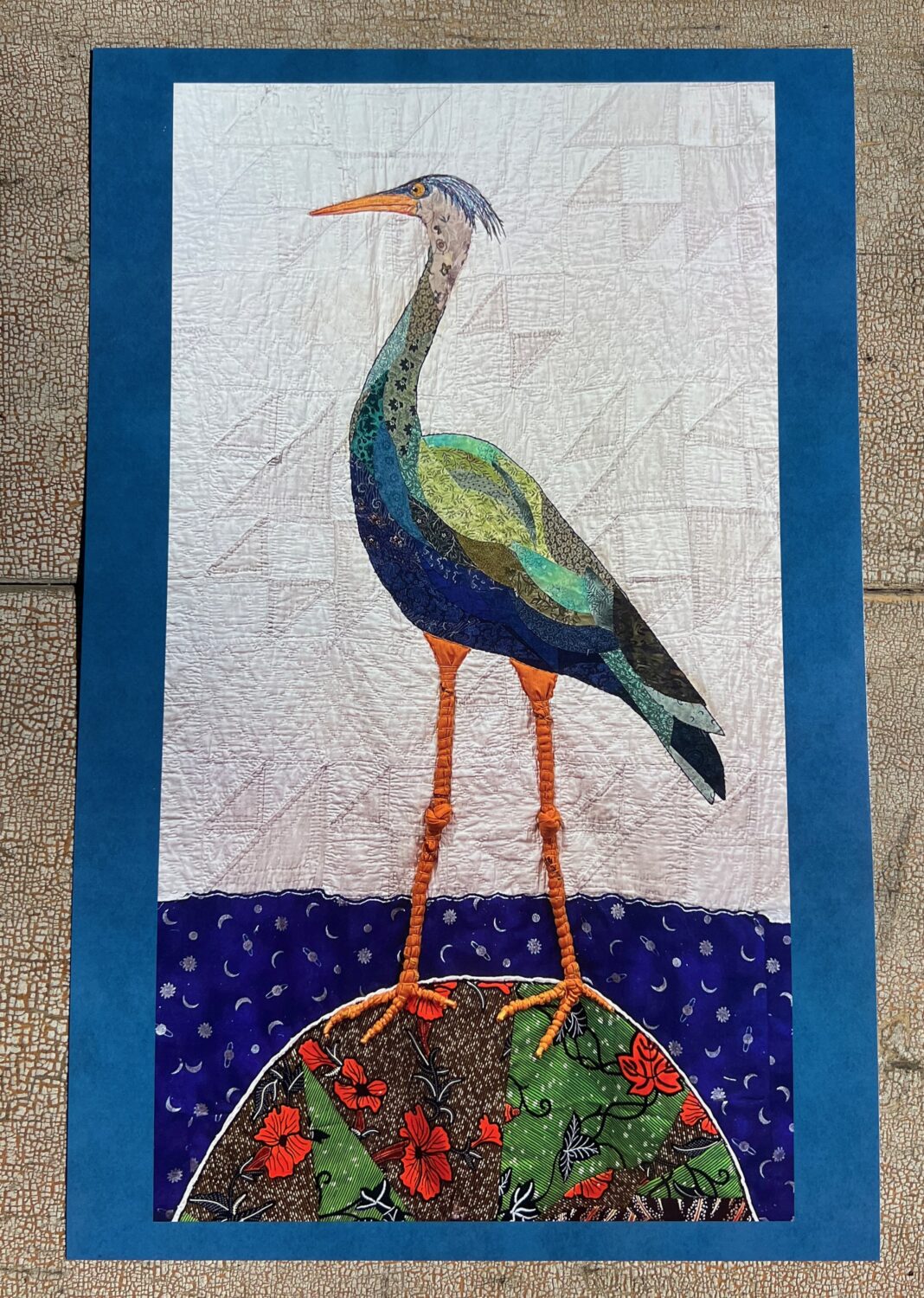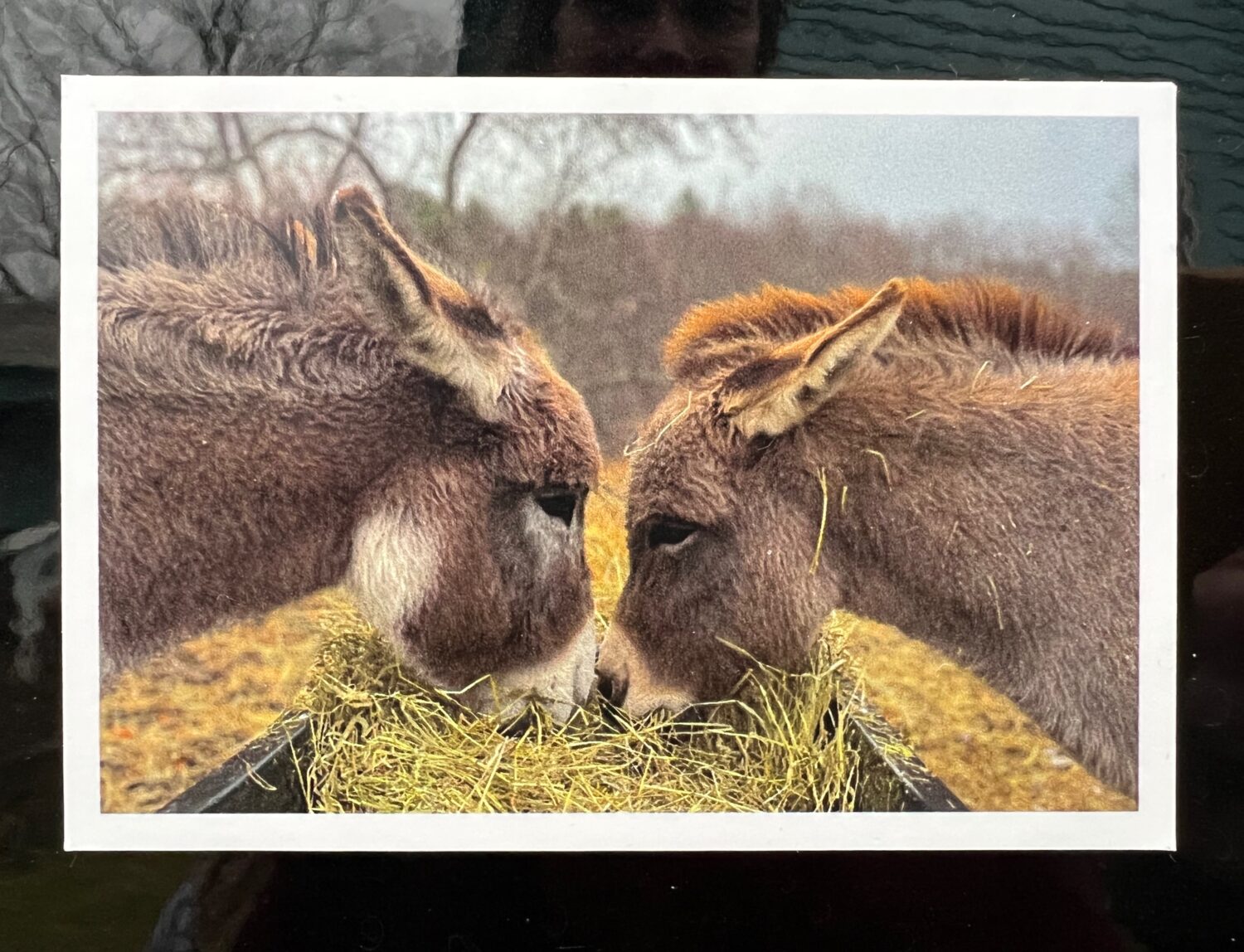
There were about 25 people in the group. Some wearing snowshoes all of us bundled up in our warmest winter clothes. Unlike today, yesterday morning was cold. And although we were supposed to be walking up the trail, we spend a good half hour not more than twenty feet from the trailhead.
That’s because we were looking at and learning about trees. And even though the trail went up a small mountain there were a variety of trees all the way down at the bottom.
My friend Anne (who made all those wonderful masks) told me about the two hour “tree walk” that the Agricultural Stewardship Association (a local group that preserves farmland) was hosting.
In that two hours, our guide, Kerry told us so much more about trees than I could ever remember. But I did hold onto some things that I know I would not have learned from reading and looking at my tree books.
The most important thing I learned was another way of identifying trees. This is by looking up, not at the leaves, which are scarce in the winter, but at the twigs at the tops of the trees. This is something I never thought of doing.
Not that it’s easy, but it’s another clue to help distinguish between trees.

I did learn to identify Ash Trees by looking up at the thick topmost branches and by its bark.
I also learned the identity of a tree that I’ve been trying to figure out for some time. There are two trees that grow in the Orphaned Woods that look so much alike I can only tell them apart by the leaves. One was obviously an oak of some kind, and now I know the other is an Elm tree.
Even though Elm trees have been dying for years from Dutch Elm Disease, they still grow and spread their seeds, they just don’t get to live as long.
I also learned that I have been confusing Black Cherry Trees and Black Birch Trees. Their bark is very similar, but the sure way to distinguish them is by the catkins and cones that Birch Trees have. In the winter you can find the seeds from the cones sprinkled on the snow. I’ve seen them before, I even took a picture of one, using my macro lens because they’re so small, but I didn’t know what they were.

I’d also found out that those small gray trees that hold onto their leaves in the winter and make the most wonderful sound in the wind are Beach Trees.
My head was so full of new information after two hours and I was so cold, I left the group while most of the other people took a longer way back. But today when I took a long slow walk in the woods, I reinforced what I had learned by looking up at the bare treetops and taking note of all the Ash Trees and Elm Trees I passed them by.
















What a fun opportunity Maria, nice to have the perspective of the bare trees to learn more about them.
🙂